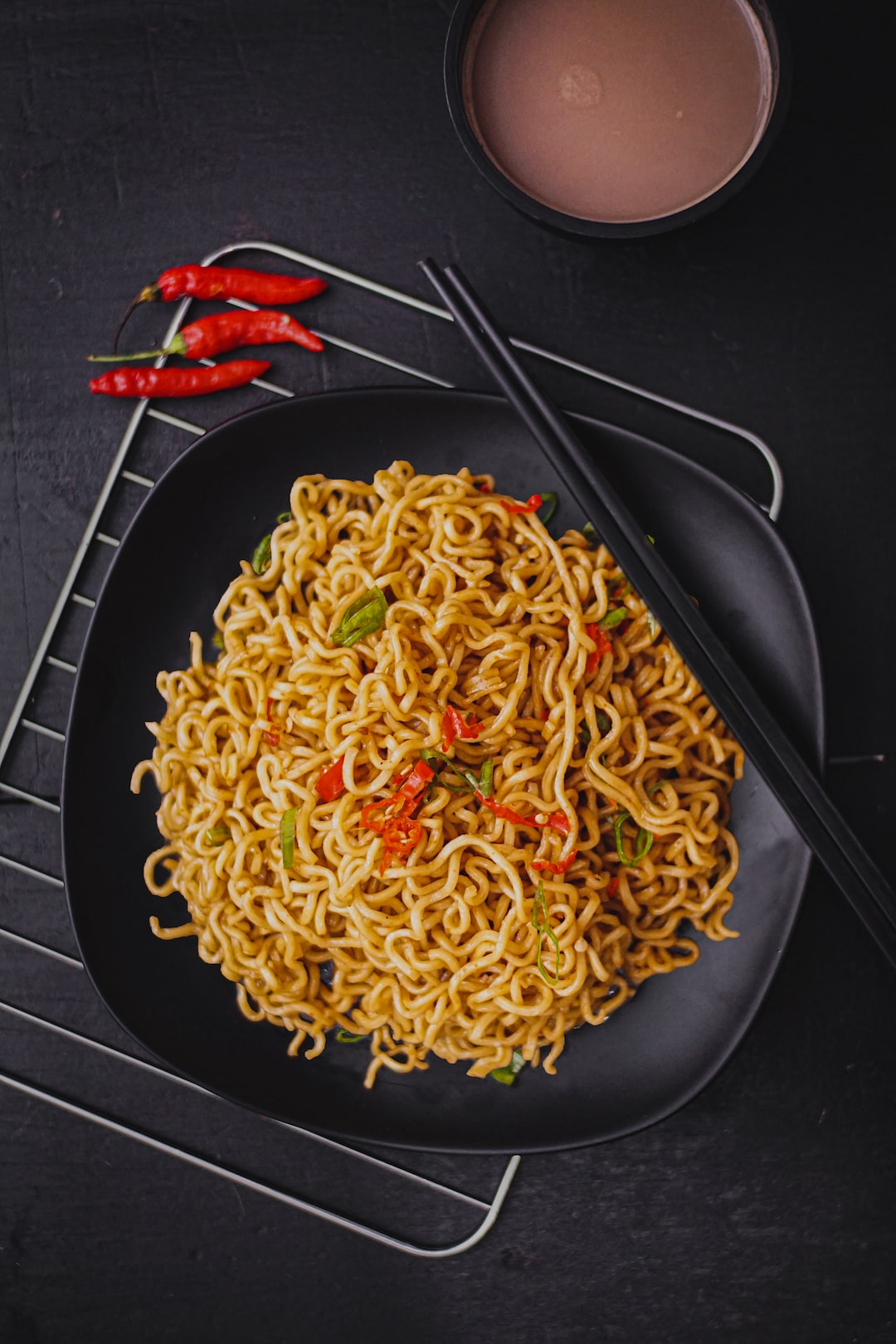The Art of Pasta Making: Recipes and Techniques
Pasta is undoubtedly one of the most beloved and versatile dishes in the world. Whether it’s a simple spaghetti with tomato sauce or a complex lasagna layered with cheese and vegetables, pasta never fails to please. But have you ever wondered about the art and techniques involved in making a perfect plate of pasta? In this blog post, we will explore the world of pasta making, including recipes and techniques to help you master this delightful culinary craft.
The first step in pasta making is to choose the right ingredients. While many store-bought pasta brands are readily available, nothing beats the taste and texture of homemade pasta. All you need are a few simple ingredients: flour, eggs, and salt. The key is to use high-quality ingredients, such as organic, unbleached flour and free-range eggs. These ingredients will result in a flavorful and rich pasta dough.
Once you have gathered your ingredients, it’s time to mix them together. Start by adding the flour to a clean and dry work surface, forming a mound with a well in the center. Crack the eggs into the well and sprinkle a pinch of salt over the top. Using a fork, gently beat the eggs while slowly incorporating the flour from the sides of the well. Continue mixing until a shaggy dough forms.
Next comes the kneading process, which is crucial for developing gluten and achieving the desired texture. Transfer the dough onto a lightly floured surface and begin kneading, using the heel of your hand. Fold the dough over itself and push it away from you with the heel of your hand, rotating it a quarter-turn. Repeat this process for about 10-15 minutes until the dough becomes smooth and elastic.
Once the dough is properly kneaded, let it rest for at least 30 minutes to relax the gluten. This resting period allows for easier rolling and shaping of the pasta. After resting, it’s time to roll out the dough. You can use a pasta roller or simply roll it by hand with a rolling pin. Dust the dough with flour to prevent sticking and roll it out to your desired thickness. For traditional Italian pasta, a thickness of about 1/16 inch is ideal.
With the dough rolled out, it’s time to cut it into your desired pasta shape. From spaghetti to fettuccine, there are endless possibilities. For long, thin strands such as spaghetti or linguine, use a pasta machine or a sharp knife to cut the dough into thin ribbons. For filled pastas like ravioli, cut the dough into squares or circles that can be filled with your favorite ingredients.
Cooking the pasta is as important as making it. Fill a large pot with generously salted water and bring it to a rolling boil. Add the pasta and cook until al dente, which means it is firm to the bite. This usually takes 2-4 minutes for fresh pasta, depending on the thickness. Remember to taste the pasta as it cooks to ensure it’s cooked just right.
Once the pasta is cooked, drain it quickly and toss it immediately with your favorite sauce or toppings. Whether it’s a simple garlic and olive oil sauce or a rich and creamy Alfredo, the choice is yours. Don’t forget to reserve a small amount of the pasta cooking water, as it can help create a smooth and cohesive sauce.
In conclusion, the art of pasta making involves a few key techniques but countless possibilities. From choosing the right ingredients to rolling and shaping the dough, each step contributes to the final product. By mastering these techniques and experimenting with different flavors and sauces, you can make pasta that rivals any Italian restaurant. So grab your apron, gather your ingredients, and let the art of pasta making inspire your culinary creations!


